![]() Nov 09 2022
Nov 09 2022
![]()
Conventional biodegradable tableware is generally based on 70%~90% sugarcane fiber + 10%~3% 0 bamboo pulp fiber. Different tableware will also adjust different fiber ratios according to the shape, angle, hardness, and stiffness of the product. Of course, wheat straw, wheat straw, reed, and other plant fibers will also be added as needed. All are made of plant fibers, and no chemical materials such as PP and PET are added.
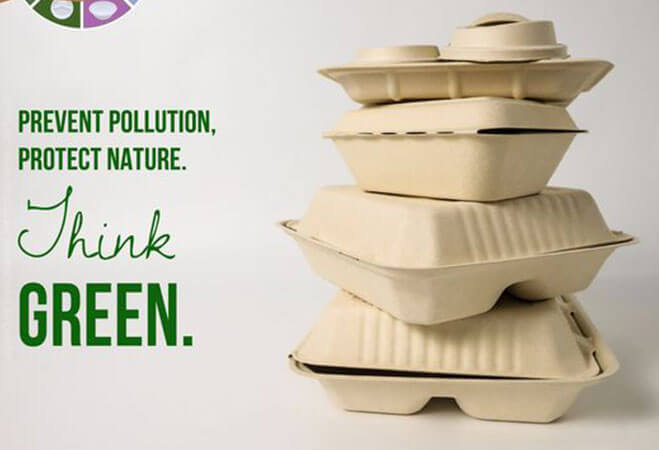
Biodegradable tableware will add certain food-grade additives, a general waterproofing agent: of 1.0%-2.5%, and oil repellent: of 0.5%-0.8%, to achieve the effect of waterproofing and oil-proof. The test is generally 100 ℃ water, 120 ℃ oil, and the test time is 30 minutes; special requirements can extend the oil temperature test time. picture
At present, the oil repellents in the vegetable fiber tableware on the market are all fluorine-containing, and the tableware that is waterproof and not oil-proof is fluorine-free.
If the degradable tableware is required to be waterproof, oil-proof, and fluorine-free, a better alternative at present is film coating. PBAT is currently the most widely used and used composite material in pulp-friendly tableware.
Laminated products can maintain better thermal insulation, reduce the heat emitted through the pores of the molded product, and reduce the viscosity of food such as rice and dumplings, which can greatly reduce the use of water repellents and oil repellents.
Without any industrial disintegrator, pulp-molded eco-friendly tableware takes about 45-90 days to fully disintegrate in its natural state in a landfill.
After degradation, 82% of the composition is organic matter, which can be used as fertilizer for land use, taken from nature, and returned to nature. picture
The degradable pulp molded lunch box can be microwaved and oven baked without producing harmful chemicals, and the maximum temperature can reach 220°C.
It can be frozen and refrigerated in the refrigerator, and the freezing can reach -18 ℃.
The biodegradable fiber lunch box complies with the national quality inspection standards of "Pulp Moulded Tableware", the United States Food and Drug Administration (FDA)/German New Food and Food Law (LFGB), and other international standardized inspection standards.
LG can print, and the printed matter is mostly the perimeter, bottom, or top of the product. Products such as cups and bowls are mostly printed on the outside and require curved surface printing. The printing equipment is divided into screen printing. Pad printing and laser printing.
Printed products will increase the cost of the product accordingly.
Unbleached vegetable fiber pulp is pale yellow and the fibers are relatively stiff because it contains a small amount of lignin and colored impurities. The semi-bleached pulp contains a lot of pentose polysaccharides, and the color is light yellow, commonly known as the true color. The fibers of bleached pulp are white, pure, and soft, but due to the bleaching treatment, the fibers are less strong than unbleached pulp.
Bleach is usually bleached with hydrogen peroxide, not chlorine bleach.
PRODUCT CATEGORIES
![]() You May Also Like
You May Also Like
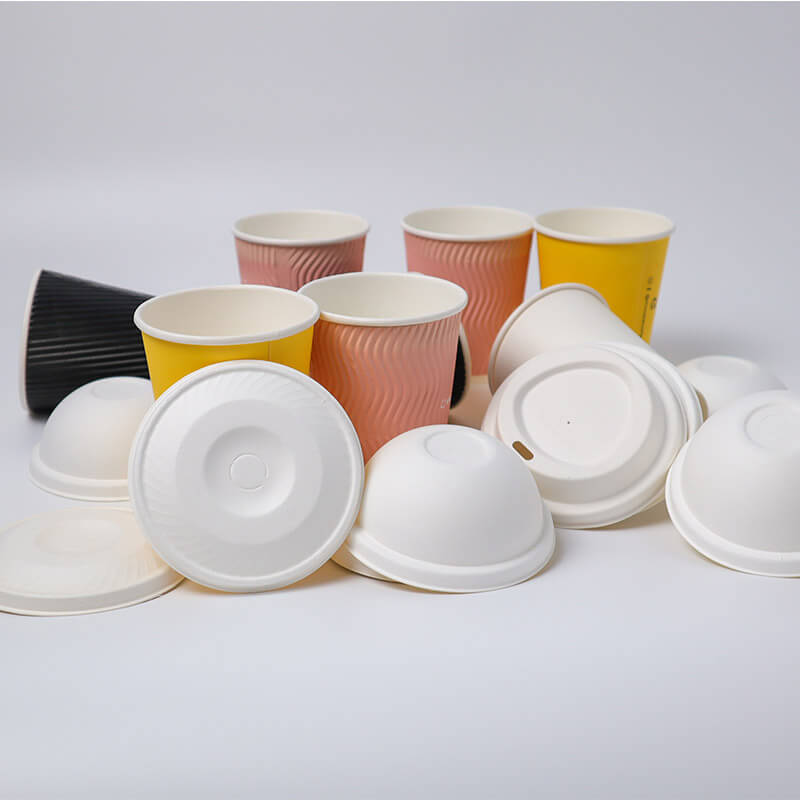
Custom Biodegradable Bagasse Pulp Cuplids, Coffee Paper Cup And Lids
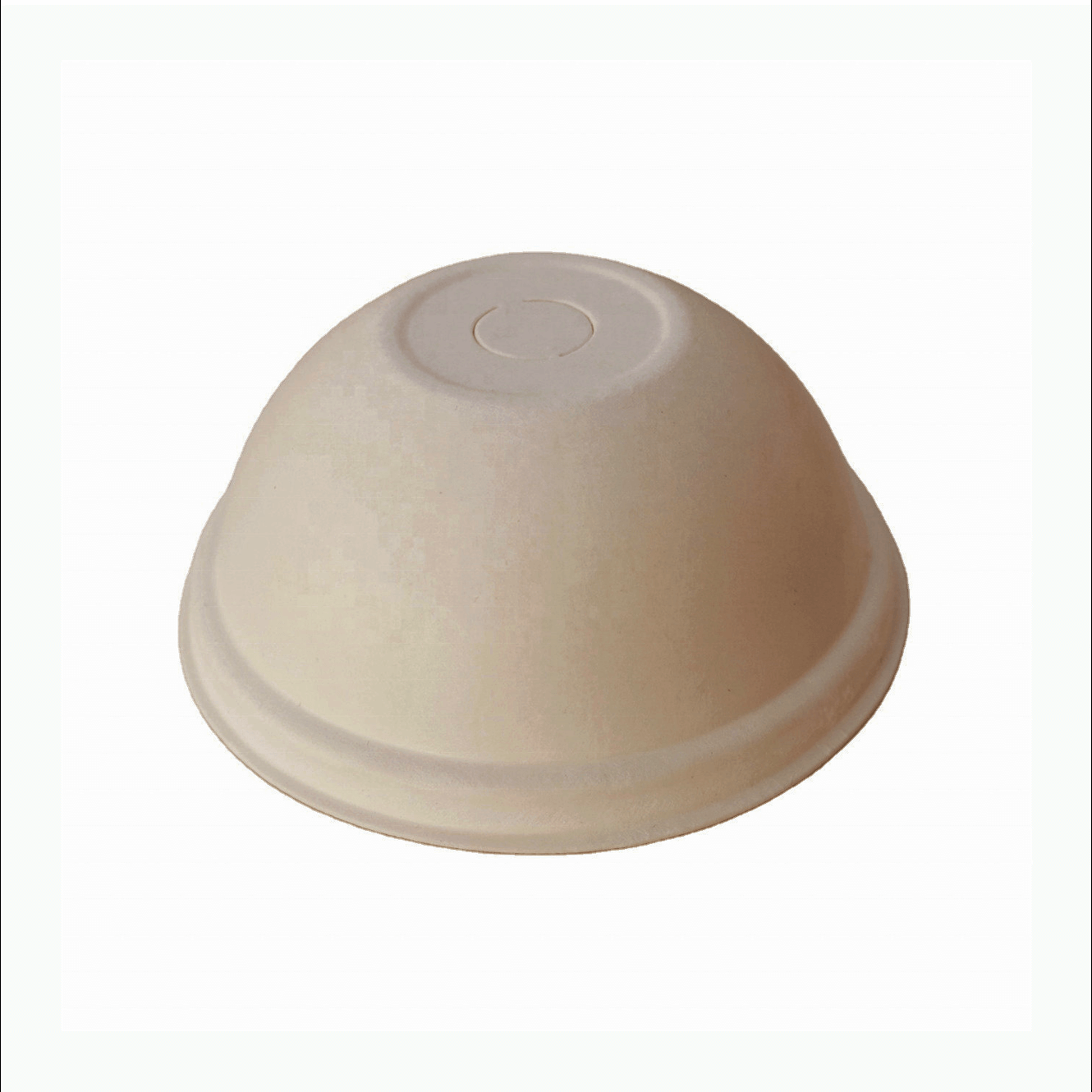
80mm Bagasse paper lid, dome shape, natural brown
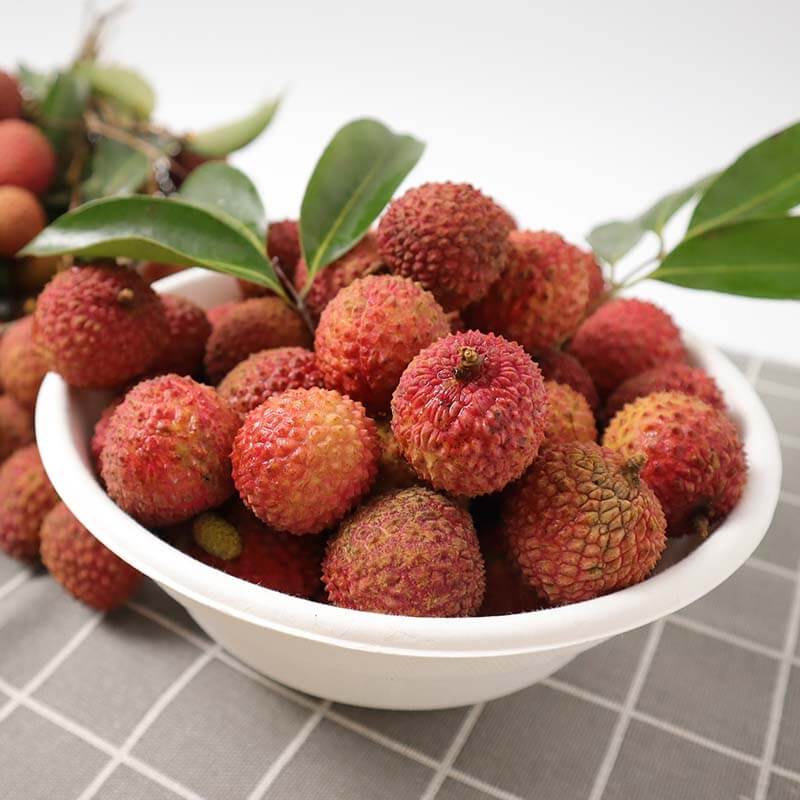
Wholesale Biodegradable Disposable Bagasse Salad Rice Fruit Bowl

7 x 5 inch Rectangle bagasse clamshell, white
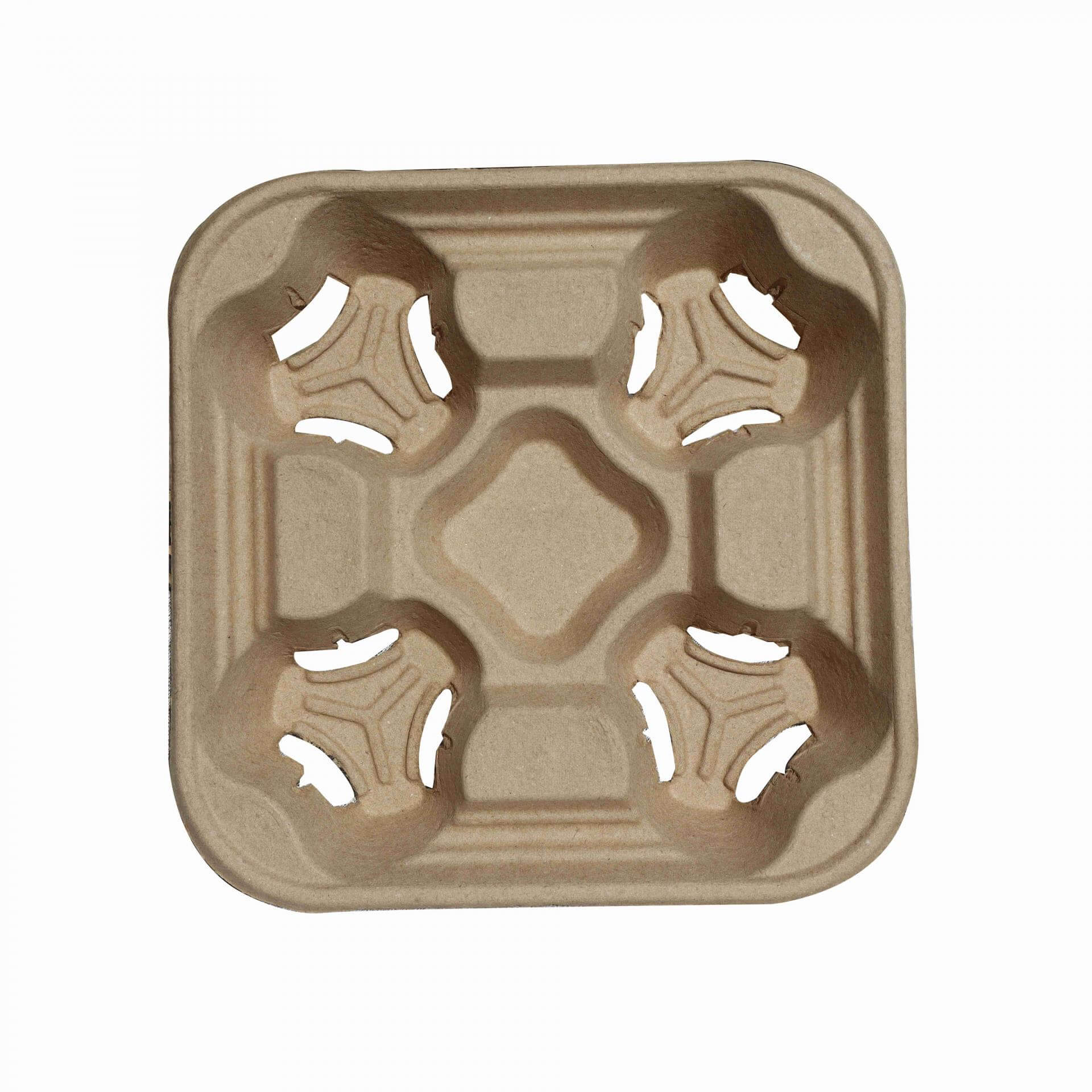
Corrugated pulp disposable 4 cup holder tray takeaway carrier

90mm natural brown sugarcane pulp sip lid, round design
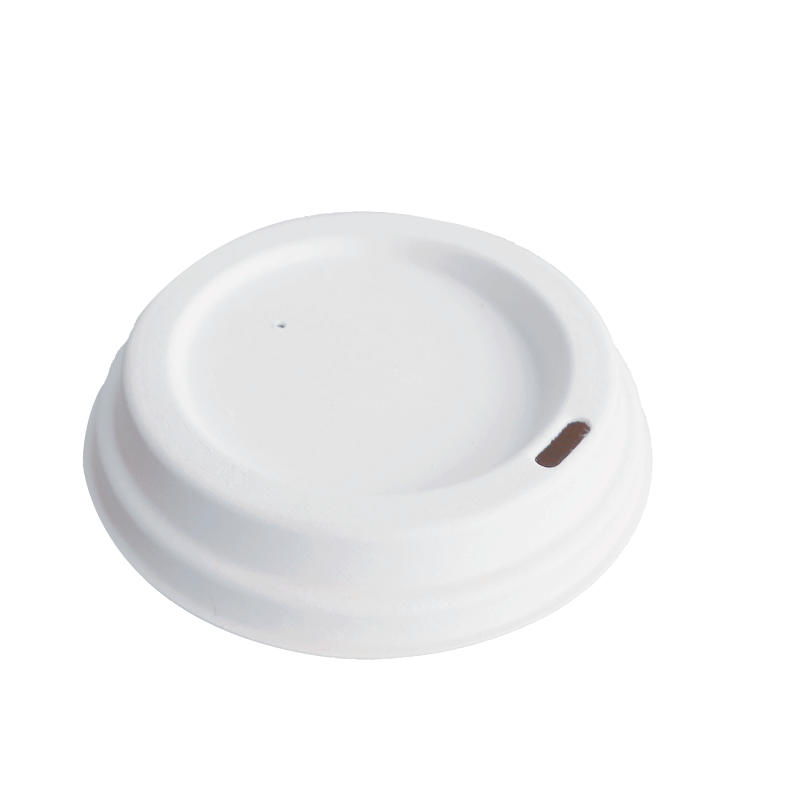
90mm White sugarcane pulp sip lid, round design
